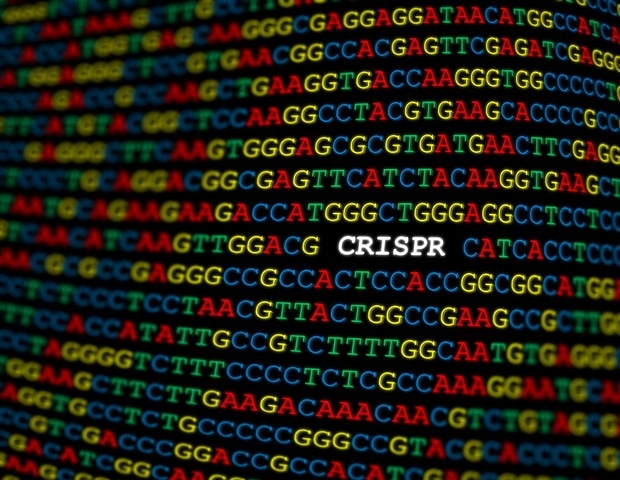CRISPR-Cas systems, defense systems in bacteria, have become a plentiful source of technologies for molecular diagnostics. Researchers at the Helmholtz Institute for RNA-based Infection Research (HIRI) in Würzburg have expanded this extensive toolbox. Their novel method, called PUMA, enables the detection of RNA with Cas12 nucleases, which naturally target DNA.
PUMA promises a wide range of applications and high accuracy. The team published its results in the journal Nature Communications. Bacteria have developed special defense mechanisms to protect themselves against viruses, which by no means infect only humans.

As part of these so-called CRISPR-Cas systems, a CRISPR ribonucleic acid (crRNA), which serves as a "guide RNA," recognizes regions of a foreign genome, such as viral DNA. The CRISPR-associated (Cas) nuclease, directed by a crRNA, then renders it harmless by cutting it like a pair of scissors. Humans have exploited this strategy: "CRISPR, often referred to as 'gene scissors', is the basis of many molecular technologies," says Chase Beisel, head of the RNA Synthetic Biology department at the Helmholtz Institute for RNA-based Infection Research (HIRI) in Würzburg.
The institute is a site of the Braunschweig Helmholtz Centre for Infection Research (HZI) in cooperation with the Julius-Maximilians-Universität (JMU) of Würzburg, where Beisel holds a professorship. The diagnostic platform LEOPARD, developed by Beisel's lab in cooperation with JMU in 2021, also lev.























